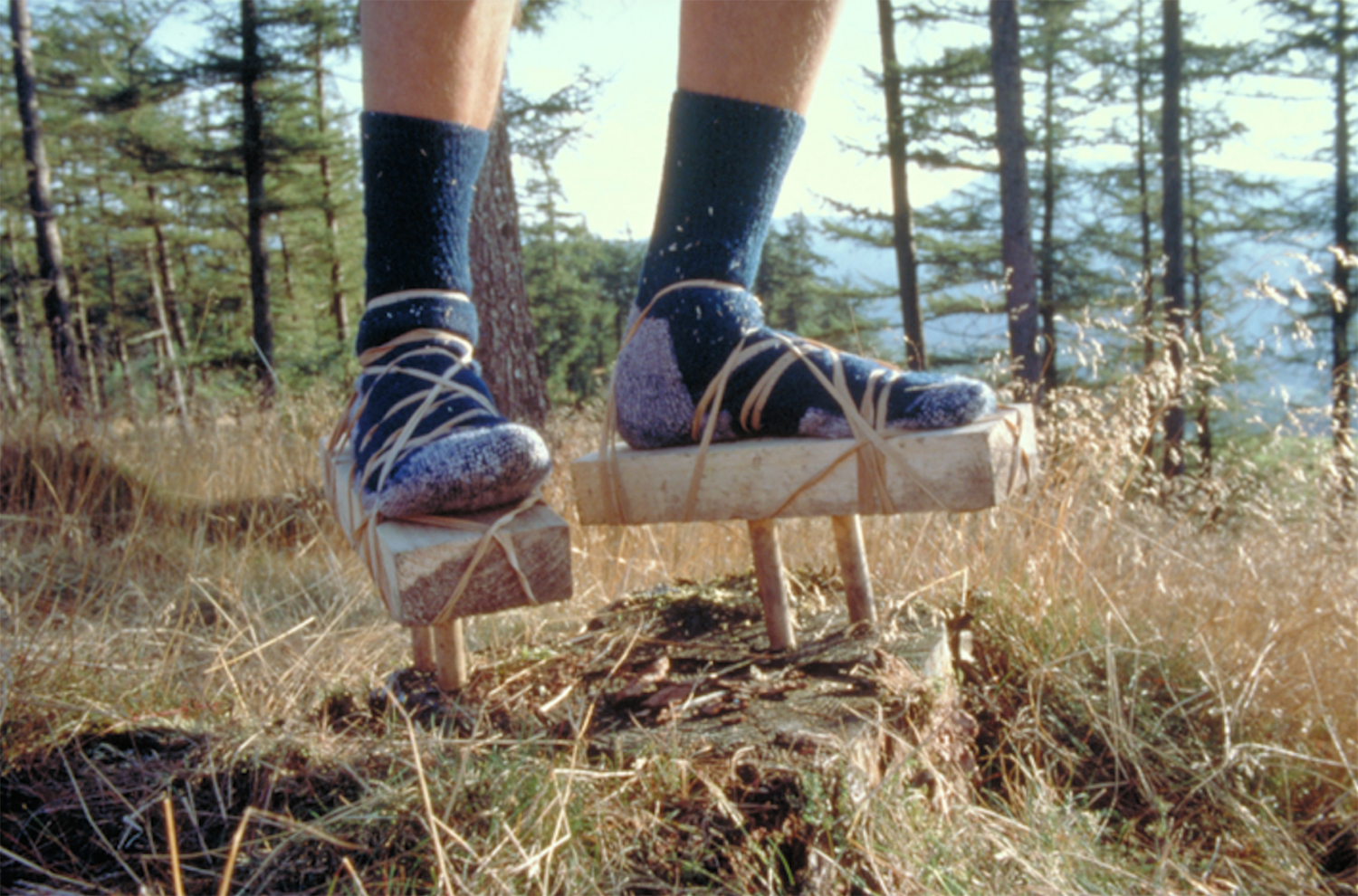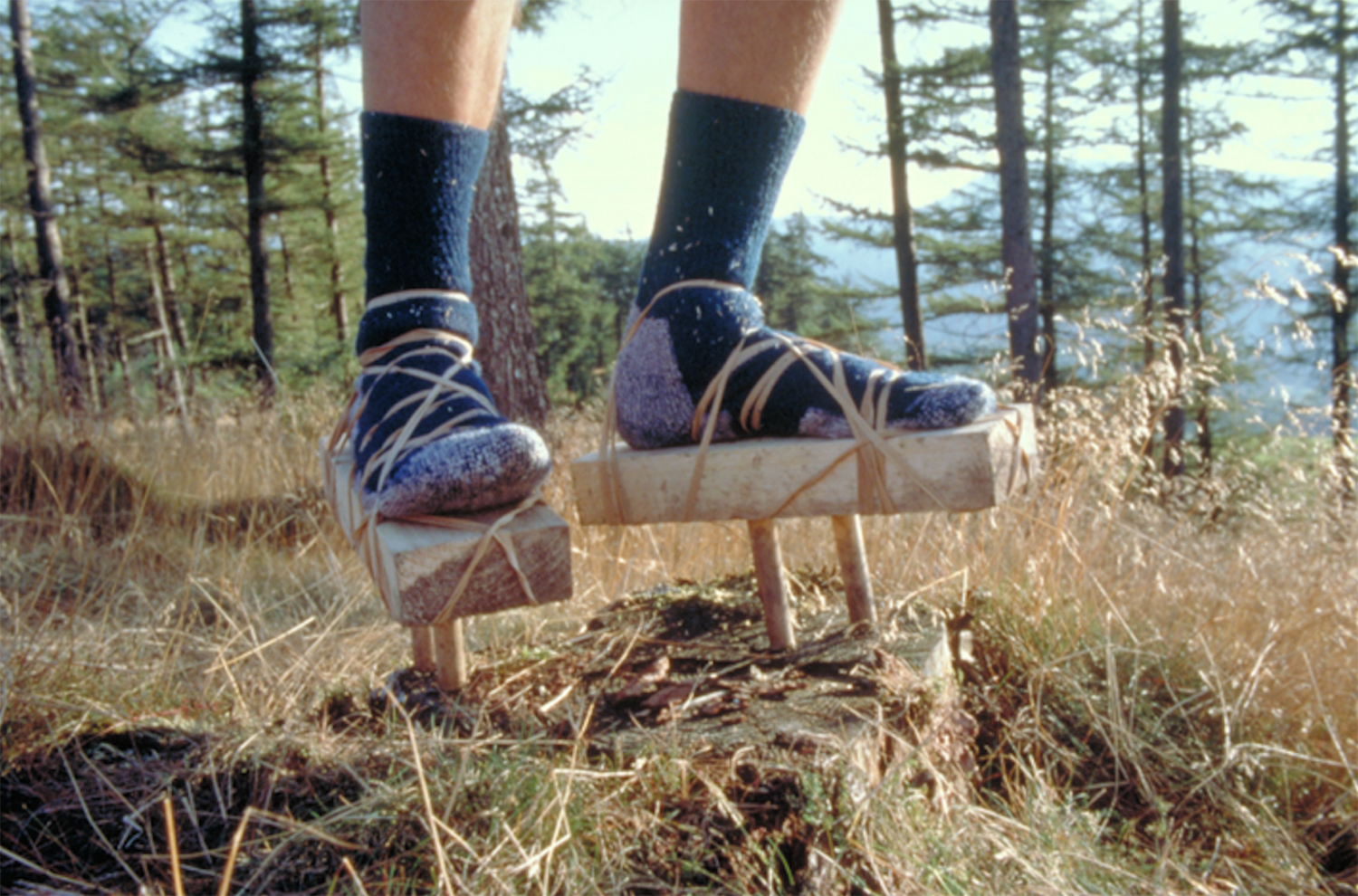The 'Inhabiting the landscape. Art meets the living" (2020-2022) proposed to explore how art can be closely woven into a pre-existing living territory. The "Artistic practices of hospitality for the living" Chair proposes to take the investigation a step further, with a new question as its compass: how can art create a living territory? The experimental laboratory for this Chair is the School itself, its buildings, courtyards and gardens. The idea is to imagine how the creation of works of art can make themselves hospitable to non-human forms of life, in places where there are few or none, in spaces traditionally considered to be far removed from nature: an art school, a place of culture listed as a historic monument, in the middle of a European capital. How can works of art welcome and encourage the presence of plants, pollinators and birds in a world that is becoming less and less hospitable to them, even though their activity is crucial to our common life? And how can they contribute to renewing our forms of attention to living things in places where their existence is most invisible and unthought of?
The Chair is thus taking up the historic project of the avant-gardes to change art in order to change life, at a time when changing life means more than ever changing our relationship with the living world. What does it mean for creation to hold together the human point of view with the point of view of other living beings? What artistic forms and paths are opened up in this way?
The Chair is coordinated by Estelle Zhong Mengual.
The Chair is structured around invitations as part of the cultural programme, workshops and a 5th year diploma seminar open to all students. A prize is awarded for a site-specific production in the garden of La Colle Noire, near Grasse (Alpes-Maritimes), and an exhibition of the various projects selected is held in the Chapelle des Petits-Augustins.

Marcus Coates, Stoat, 1999, single-channel video, 1 min 53 seconds



